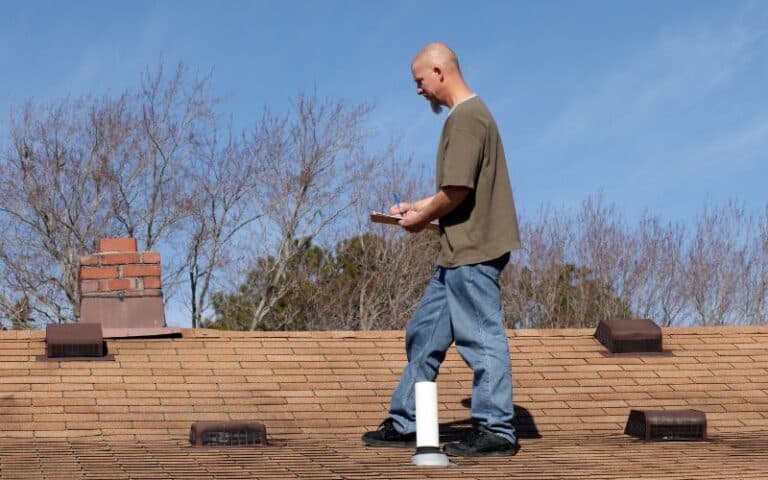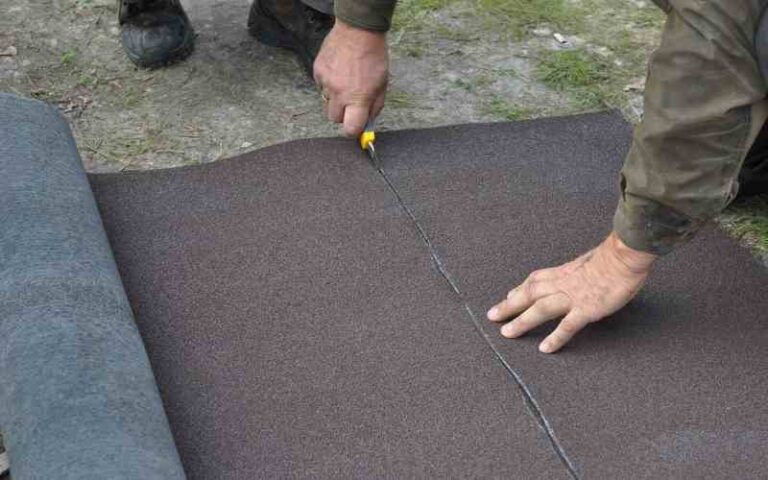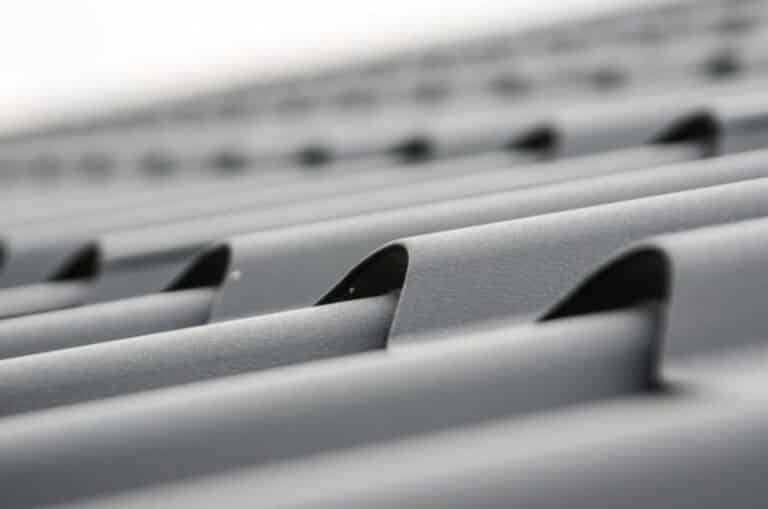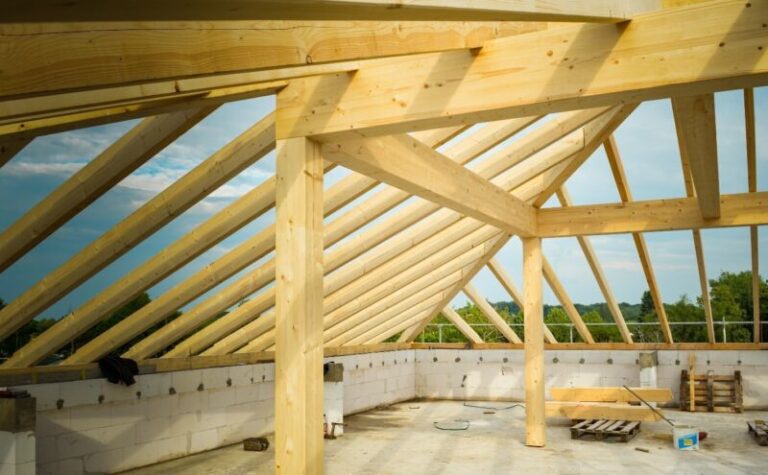As a homeowner, after spending a reasonable amount of money on roof repair or replacement, the last thing you probably want to find out is that your roofer did a substandard job.
But unfortunately, we always blame the roofers when damages occur on roofs, which may not always be correct but not entirely impossible.
However, these damages could go as far as damaging the ceiling and causing more harm than good to the entire roof. So, how can you tell when this occurs?
It is hard to detect a faulty roof soon after installation immediately. Nevertheless, some apparent signs indicate that the roofer only took advantage of your ignorance and did a lousy job. These signs include a leaky roof, a stuffy attic, and forgotten components.
Ready for a Roofing Quiz?
Signs Of A Bad Roofing Job
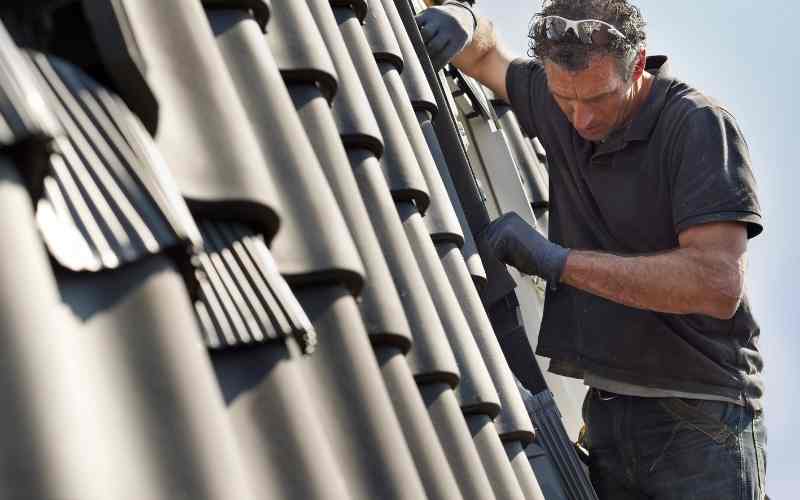
It is important to note that dealing with the potential harm done to your roof by a roofing contractor can not be conclusive except if you first understand and know the signs of a bad roofing job.
#1. A Leaking Roof After The First Rain
The first sign that indicates a bad job by the roofer is a leak from the first rain after your contractor has worked on your roof.
While working, mistakes are inevitable because these roofers are not one hundred percent efficient. Therefore, the chances of having a couple of loose nails or a portion of the roof flashed improperly are indeed high.
A reputable roofing contractor should be able to swing Into action and help you repair your roof.
However, since having a leaking roof is not necessarily a fault of the roofers, how they react after being aware of the dire situation goes a long way to determine if truly the roofing contractor is responsible for the damaged roof.
Unfortunately, this means that the possibilities that they did a substandard job are high.
Yet, you may need to hire another trusted roof contractor to help you fix your roof as soon as possible if the contractor refuses to take responsibility.
This incurs extra expenditure and more money spent.
#2. Uneven Or Scattered Appearance
This sign has to do with how the roof looks and its arrangement after installation. If you end up with a pitched roof or don’t see a uniform arrangement after installation, a bad roofing job is a cause.
An uneven or uniform appearance is noticed by lifted shingles, a bumpy look, and a wavy look. For example, one part of the roof may look slightly elevated than the other parts.
This could result from lazy artistry, loosely driven nails, and if the roofer was trying to cut corners.
Nevertheless, just like in the first sign mentioned, a reputable company should take responsibility for repairing the damaged roof.
#3. Left Out Important Roofing Components
A bad roofing job is also a product of negligence to primary roofing techniques and roofing components.
These components and tools include roof decking replacement, roof flashing, underlayment, ice and water shield, ridge capping, the type of material used, missing roof shingles, and the drip edge.
So, when they are not available, the result is an incomplete roofing system. Unfortunately, these major roofing components are often ignored due to the roofers’ laziness or cutting of corners.
The primary reason contractors often leave out some of these components is to beat down their prices so that you are compelled or enticed to contract them.
To ensure that this never happens again, if it has already, before you begin a roofing job with a contractor, go over your estimate line by line to ensure you don’t miss anything out.
#4. Improperly Ventilated Attic
An attic ventilation system is crucial In enhancing the roof’s lifespan. It is no surprise that a roofing contractor would shorten the lifespan of your roof if the attic is not well ventilated.
Hot and cold air is often trapped in the attic, which is a possible sign of a bad roofing job.
This trapped hot air burns the roof and makes the adhesive in the roof decking deteriorate, causing a crack on the shingles or making them curl.
On the other hand, cold air mixes up with the heat and moisture from inside your home, which results in condensation, thereby causing the decking to look wavy or swell.
To avoid this, ask your contractor about the roofing attic ventilation system and inspection.
#5. Replaced Roof Decking
Roof deckings replaced during the repair or roof replacement are recommended and almost inevitable, especially if they are already rotten or broken.
Before installing any new roofing system, most contractors remove the old deckings on the roof.
However, whenever there is a failure in this, it leads to roof sagging because the old roofs can not handle the weight or pressure of the new materials.
This is also a sign of a bad roofing job because every professional roofer understands and knows the effect of the damaged roof decking.
Molds, mildews, and water stains appear on the rotten roof deckings and pose a health hazard.
All these and some very minor other reasons are why you should find a roofing contractor that is not only a professional but also desires to satisfy your needs as a customer.
What Should You Do If A Roofer Damages Your Ceiling?
Roofers damaging the roof of their customers are not very likely to happen, but accidents are prone to occur.
Or maybe you already have one damaged roof due to a lousy roofing job, and you are probably wondering what to do to remedy the situation, or you just want to protect yourself from future harm.
A damaged ceiling is often a result of a bad roofing job. Most times, these damages are caused by water. You can get a good ice water shield to protect your roof from water damage.
The best thing to do is hire a professional who would deliver as expected with minimal roofing problems accompanying it.
As discussed earlier, the primary reason for a bad roofing job is often laziness, poor artistry, and cutting corners.
The first thing you need to do when you notice a terrible roofing job is to contact the roofing contractor for help. The response to your complaint is what determines the next step you will follow.
Before embarking on your next roofing job, here is what you should do:
- First, check the reputation of your contractor online. Get reviews and feedback about his company. Ask questions.
- Make sure the company has contractor liability insurance and workman compensation insurance.
- Verify all your information is from a better business bureau
- Review and update your homeowner’s insurance and water damage coverage at least once a year or as recommended.
- Make sure you only partner with accountable companies who have had experience in navigating insurance claims and contract restoration.
It is important to note that most roof insurance policies are implemented only when the damage caused is natural such as rain, wind and hail damage, fire, or snow weight.
Conclusion
This article discussed the possibility of a roofer damaging the ceiling, the signs of a damaged roof, the culprit responsible for this damage, and what you can do to prevent future ceiling damage through a bad roofing job.


